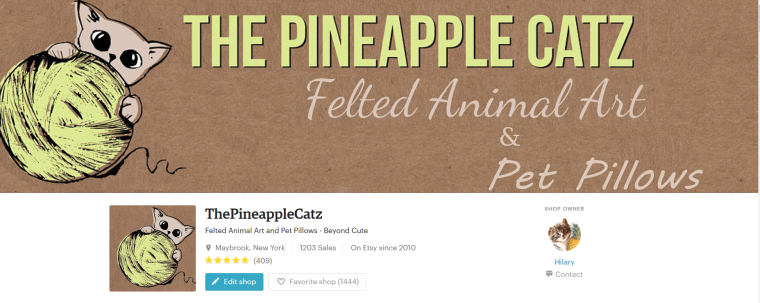
It’s now been nearly 2 weeks since Etsy started rolling out their new shop design. If you haven’t yet, here are a few things you should check out or change:
- Change your banner. The new banner size is a minimum of 1200px by 300px. You should double check that it also looks nice on mobile! It may take some tweaking to get just right. I shared a screenshot of mine above but here’s another example of a great banner design.
- You’ve chosen a shop icon right? If you haven’t, it won’t show anything but a grey shop! This should have been done a while back but now it is more front and center. We’re a bit guilty of waiting last minute to do it on our Vintage shop (we’re working on the banner at the moment)!
- Check your policies. There was a lot of confusion about this early on about how Etsy would roll out their policies, if we would be forced to change, if we could change back. Scroll down to the bottom to make sure they’re how you want them to read.
- Rearrange your shop. Optional of course, but with the new layout, like it or not, rearranging is a bit easier! Numbers have been added so you don’t have to drag and drop everything.
- If you haven’t yet, try shop updates! They’re actually quite fun and will show up under your items.
- Photos are more important than ever. Your products are showing up huge on your shop now, making them much more visible. Make sure they’re eye catching!
If you’re on the ball, you probably have most, if not all, of these covered already. But if you haven’t done it yet, it only takes a few minutes to take care all of these, especially if your photos are all up to date!









